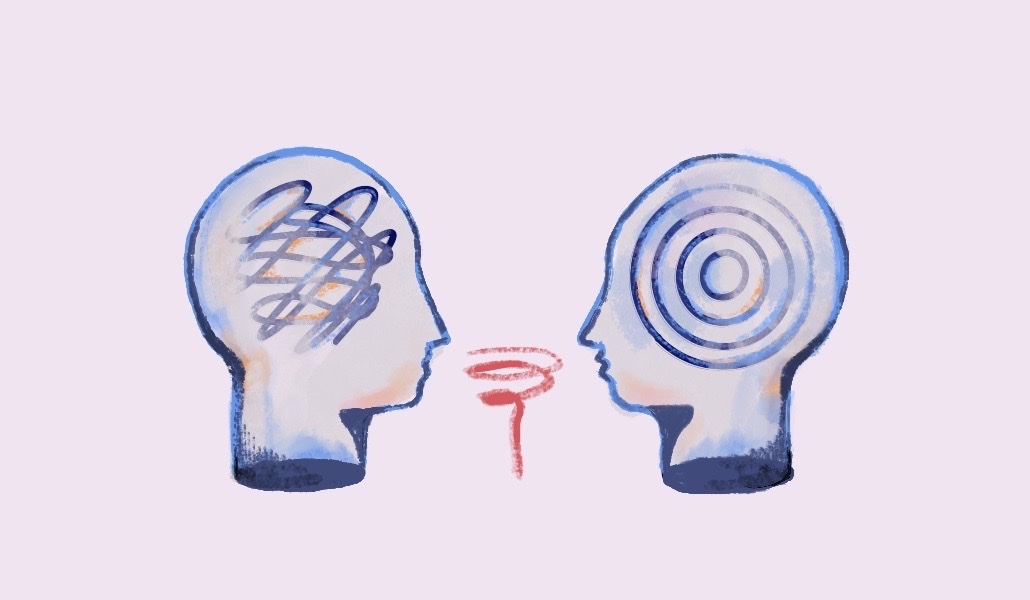Why do we have so many trust issues at work now?

Hush trips, bare-minimum Mondays, and the surreptitious use of AI tools like ChatGPT at work, all have something in common: They’re all recent work trends that signal a lack of trust between employees and their employers.
A part of that is how employees don’t appear to trust their bosses with the truth about feeling overworked, burnt out or needing a break. Since the rise of remote work, managers have wrestled with “productivity paranoia” — a concern that sneaked up on leaders as a result of not being able to physically see their employees working. The employee then feels pressured to do more to convince their bosses otherwise. It’s an unhealthy cycle that highlights a worrying breakdown in trust.
“There’s overcompensating,” said Ally Fekaiki, founder at benefits company Juno. “People want to make a good impression by working later hours, or sending emails at 9 p.m. or 10 p.m. to say they’re working so hard.”
This lack of trust can have a number of unintended consequences, some as large as employees not feeling a sense of psychological safety and eventually quitting if the culture can’t be mended. If a company is aiming to be hybrid, remote, or have flexible working hours, it seems only logical that those policies would require a certain level of trust between employee and employer.
“You might assume that trust and flexible working go hand in hand, but often they do not,” said Molly Johnson-Jones, co-founder and CEO at Flexa, a company that spotlights verified flexible employers.
Just because there is an opportunity to work flexibly, where, for example, a mom can leave during the day to go pick up her kids, doesn’t mean that the employer trusts her entirely. It could prompt questions around how long that individual really needs away from their desk, and whether they will get their work done in time.
Fekaiki says that looking if that green light is on on Slack isn’t going to help anyone either.
“Lack of trust is not a remote thing, but being remote exposes the lack of trust more,” said Sançar Sahin, co-founder at employee mental well-being platform Oliva Health. “Lead with context, give people as much information as possible, and share clear goals. Remote work gives more opportunity for things not to be known, so as employers, we need to make an extra effort.”
Johnson-Jones argues that cultivating a culture of mutual trust and transparency is crucial if companies want a diverse and skilled workforce.
“You should start by trusting people as your default and giving them the freedom to break that trust,” said Johnson-Jones. “The likelihood is they won’t break it, and you’ll get the best out of them.”
One way that Sahin does that is by asking employees to fill out a “user manual” when they join to identify their triggers and cultivate mutual trust, transparency and respect. The questions range from: “How do you communicate?,” to “what do people often misunderstand about you?” People have responded by expressing that they’re an introvert, or that back-to-back meetings make them feel stressed, or meeting in person leads to more creativity for them, and so on. It’s something that employees can reference at any point. Sahin says it’s especially useful when a team hits an area of conflict.
“It’s been super helpful to build trust early, accelerate a bit of the process and to give a bit of a guide for how to interact with each other,” said Sahin. “They’re there as a tool and it’s up to people when they use them. People talk about them and reference them quite a lot.”
Psychological safety is key though, stressed Sahin.
“If you have a company that doesn’t have a lot of psychological safety, it might not work as well,” said Sahin. “Ultimately you’re sharing quite vulnerable things about yourself. If you don’t have psychological safety, you won’t have people writing solid details, and if they’re not writing those, it’s probably not going to be that useful.”
A big part of this, too, is having leaders set an example, both in the example of something like a user manual, and also just in day-to-day communication.
“You can be transparent as a leader and say ‘hey, I’m feeling pretty burnt out,’ and give that security, safety and the ability to others who are not as senior or less comfortable with making those announcements,” said Fekaiki. “If that’s missing, it’s a lot harder or, in worst cases, impossible.”
Fekaiki says without that, people just won’t be prepared to talk about how they’re feeling or trust their manager to understand where they’re coming from.
Productivity paranoia, economic turbulence and continued layoffs across industries could also create a sense of mistrust between employees and employers. For example, an employee might not feel comfortable expressing they’re burnt out, because they might believe that that would put them at risk of being laid off before someone who didn’t express that.
At the end of the day, if being fully remote doesn’t work for your company and is creating consistent trust issues, Johnson-Jones suggests being honest about that.
“If employees know that despite being told they can ‘work from anywhere,’ it’s actually frowned upon and really they’re expected to be in the office at least once a week, they’re more likely to feel resentful, and to keep it quiet if they’re planning on working from abroad for a week to avoid a negative response,” said Johnson-Jones.


